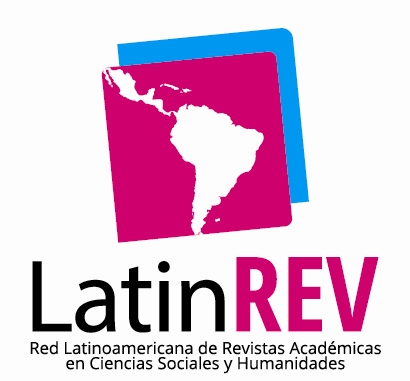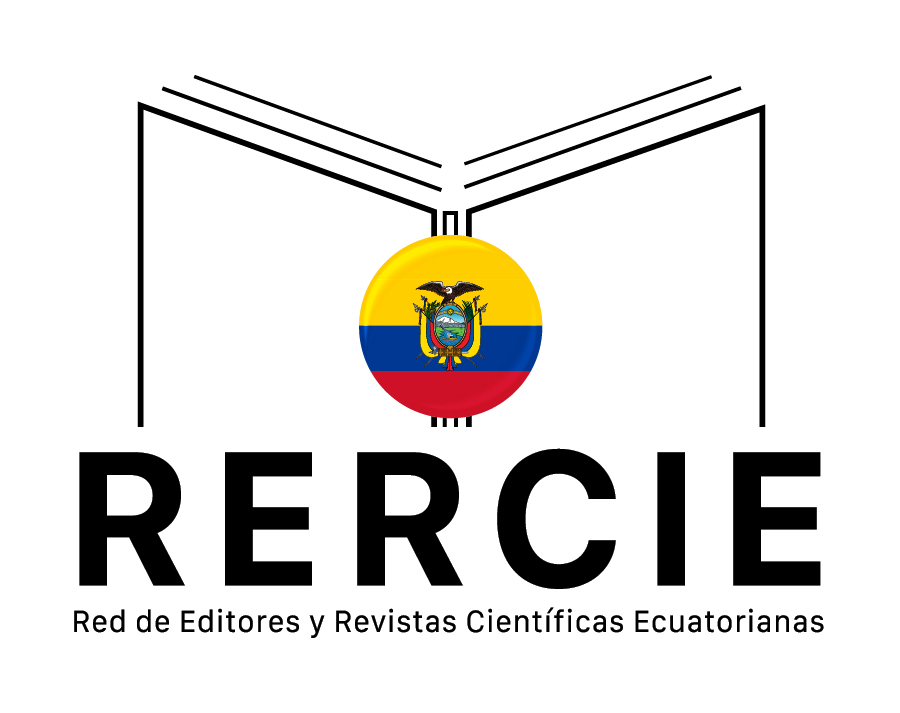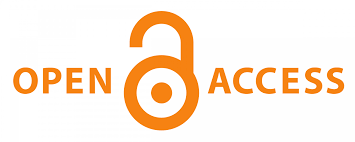THE BENEFIT OF THE RIGHT TO INFORMATION, THROUGH INFORMATION CAMPAIGNS TO RELATIVES OF POLICE SERVANTS AND SERVANTS IN CRISIS SITUATIONS IN ZONE 8, GUAYAQUIL CANTON, 2020
DOI:
https://doi.org/10.56124/tj.v5i10.0058Keywords:
Right to information, information campaigns, crisis situationAbstract
The objective of this study was to determine the benefit of the right to information, through information campaigns for family members of police officers and servants in crisis situations in Zone 8 canton Guayaquil, 2020. The research was developed through a mixed approach, both qualitative and quantitative with a sequential explanatory design. For the collection of information, an intentional non-probabilistic sample of 416 police officers was chosen. Through the application of a survey, a statistical analysis was carried out and cross tables were formulated between the independent variables, determining percentage frequency tables. The results show three dimensions, that the people evaluated, comprise 24% of female police officers and 76% of males, who according to the question about whether during the year 2020 they have gone through crisis situations, is obtained as As a result, 59.0% have had health emergencies and 41.0% have experienced situations of domestic calamity. In conclusion, the investigation was able to verify that there is a lack of information on the administrative process to follow to obtain work permits when going through a crisis situation, evidencing the need and importance of the right to information in advance as a preventive strategy focused on improving work for police officers in Zone 8, Guayaquil Canton.
Keywords: Right to information, information campaigns, crisis situation.
Downloads
References
Calera, A., & Rubio, C. (2004). Tiempos y ritmos de trabajo. Incidencias en la salud. Tiempo y cambio Social. Alzira: Germania.
Cid Rodríguez, M. d., Montes, R., & Díaz, H. (2014). La familia en el cuidado de la salud. Obtenido de http://scielo.sld.cu/scielo.php?script=sci_arttext&pid=S1684-18242014000400008
COESCOP. (2017). CÓDIGO ORGÁNICO DE LAS ENTIDADES DE SEGURIDAD CIUDADANA Y. Obtenido de http://gobiernoabierto.quito.gob.ec/Archivos/Transparencia/2017/06junio/A2/ANEXOS/PROCU_CODIGO_ORGANICO_DE_LAS_ENTIDADES_DE_SEGURIDAD_CIUDADANA.pdf
CONSTITUCIÓN DE LA REPÚBLICA DEL ECUADOR. (2008). Obtenido de Articulo 163: https://www.oas.org/juridico/pdfs/mesicic4_ecu_const.pdf
García, González, Aldrete, Acosta, León, & Pando. (2014). Calidad de vida en el trabajo y estrés en personal administrativo de una Universidad Pública del Ecuador.
Hernández-Sampieri, Fernández-Collado, & Baptista-Lucio. (2017). Cómo se originan las investigaciones cuantitativas, cualitativas o mixtas.
LOSEP. (2016). LEY ORGÁNICA DE SERVICIO PÚBLICO. Obtenido de https://www.oas.org/juridico/pdfs/mesicic5_ecu_ane_mdt_4.3_ley_org_ser_p%C3%BAb.pdf
Massoni, S. (2007). Modelo de comunicación estratégica. S. Massoni, Modelo de comunicación estratégica., XX(40). Recuperado de http://www.redalyc.org
Naciones Unidas. (2003). Normativa y Práctica de los Derechos Humanos para la Policía. Recuperado Naciones Unidas Policía protector e DDHH. Obtenido de https://www.ohchr.org/documents/publications/training5add3sp.pdf
Pico, M. A. (2017). Abordaje teórico sobre la comunicación y el trabajador social. Dominio de las Ciencias, 8(24), 3(3), 470-487. Recuperado de https://dialnet.unirioja.es
Published
How to Cite
Issue
Section
License
Copyright (c) 2022 Revista Científica y Arbitrada de Ciencias Sociales y Trabajo Social: Tejedora. ISSN: 2697-3626

This work is licensed under a Creative Commons Attribution-NonCommercial-ShareAlike 4.0 International License.






















